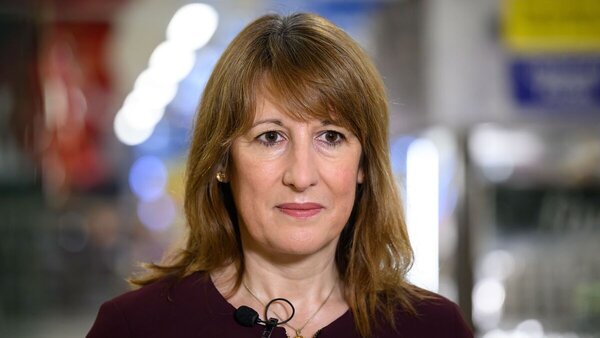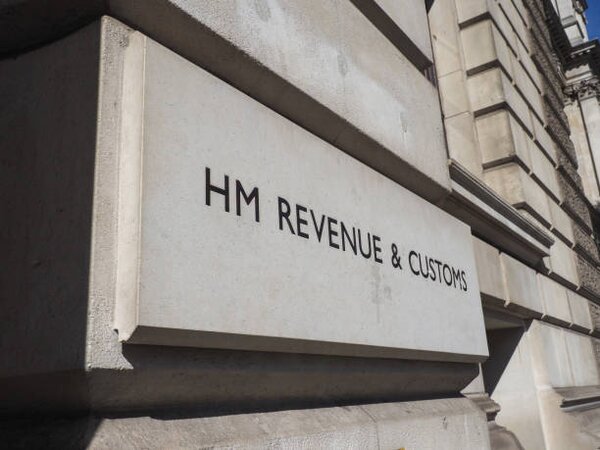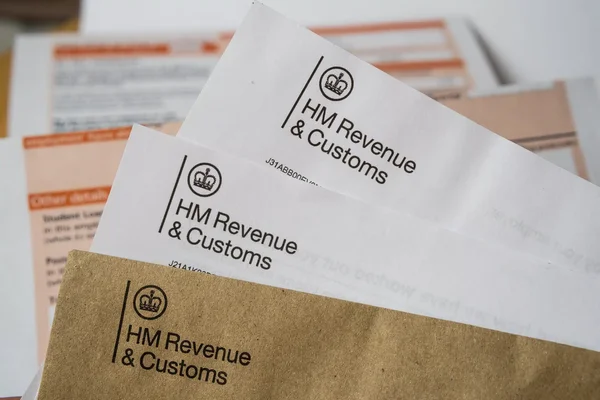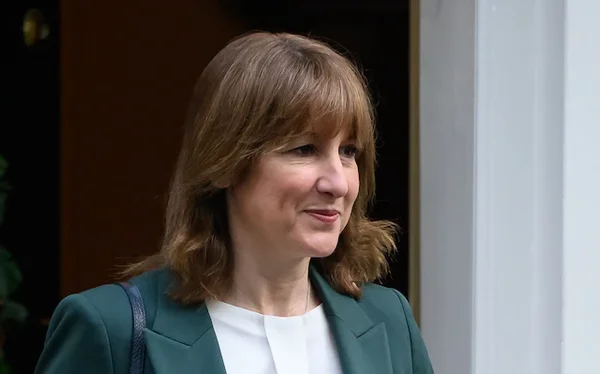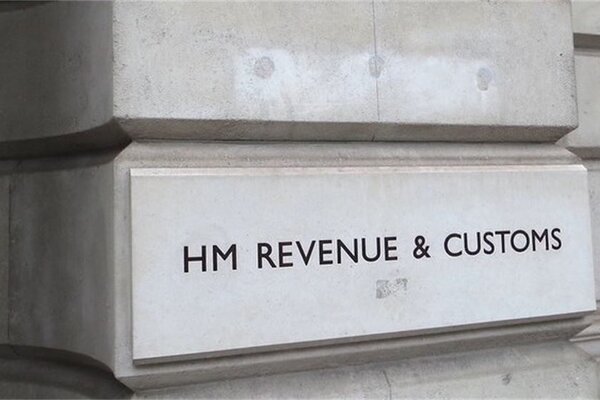What you need to know
Owner’s drawings are a fundamental concept for any business owner to understand. Simply put, owner’s drawings refer to the process of withdrawing funds or assets from your business for personal use. This can happen in several different ways: you might take cash directly from the business account, use company assets for your own benefit, or receive payments from the business that aren’t classified as salary or wages.
For many business owners, especially those running a sole proprietorship or partnership, taking drawings is a common way to access the profits of the business. However, it’s essential to recognize that these withdrawals are not the same as paying yourself a salary. Drawings are not considered business expenses, and they don’t reduce your company’s taxable profit.
Let’s break down everything you need to know about owner drawings and tax. Understanding these rules will help you make smarter financial decisions for your business. Maintaining accurate records is essential to ensure you pay the correct tax and comply with tax regulations.
What exactly are owner drawings?
Owner drawings are money, goods, or services you take from your business for personal use. Think of it as your personal piggy bank sitting inside your business accounts.
When you withdraw £500 for groceries, take stock home, or use business services for yourself, that’s an owner drawing. The cost of these withdrawals, whether cash, goods, or services, should be properly recorded in your accounts. It’s different from paying yourself a salary or taking dividends from a company.
Most sole proprietorships, partnerships, LLCs, S corporations, and small businesses use drawings to access their business profits. Small business owners and self-employed individuals often use drawings as a flexible way to access profits. However, the key thing to remember is that drawings aren’t a business expense.
This means drawings can’t reduce your tax bill like legitimate business costs. They’re simply a way of accessing money you’ve already earned through your business activities. For certain business structures, the benefits of using owner's draws include tax efficiency and flexibility in managing personal income. Limited companies and corporations may use different methods for owner compensation, such as salaries or dividends.

Owner’s Equity and Drawings
Owner’s equity represents the total value that a business owner has invested in their company, plus any profits that have been retained in the business over time. It’s essentially the owner’s stake in the business, reflected on the balance sheet as the difference between the company’s assets and liabilities.
When a business owner takes an owner’s draw, it directly reduces their equity in the business. Each draw is a withdrawal of money or value that the owner has previously invested or earned through the company. For example, if a business owner takes a significant owner’s draw during the year, this will decrease the retained earnings and lower the overall owner’s equity shown on the financial statements.
This reduction in equity is important to track, as it affects the balance sheet and gives a clear picture of the business’s financial health. If owner’s draws consistently exceed the company’s profits, it can erode the business’s value and potentially create financial challenges down the line.
For business owners, keeping a close eye on drawings and their impact on owner’s equity is essential. Accurate records help you understand how much value you still have invested in the business and ensure your financial statements remain balanced. By monitoring your draws, you can make informed decisions about future withdrawals and maintain a healthy balance between personal income and business growth.
How do owner drawings affect your tax bill?
Here’s where it gets interesting - drawings themselves don’t create extra tax liability. You’ve already paid tax on the business profits that fund these withdrawals.
However, drawings do reduce your stake in the business, which matters later. When you eventually sell your business, this reduced stake could trigger Capital Gains Tax implications. Drawings may be subject to different tax treatments depending on the business structure and legal classification.While owner drawings themselves are not directly taxed, the business profits behind those withdrawals are subject to income tax and National Insurance contributions. It’s important to understand how these profits and drawings interact for accurate tax planning. Our comprehensive guide on navigating self-employed tax returns and efficient tax planning offers clear advice to help business owners keep control of their tax bills and compliance obligations.
Your drawings also need proper recording to keep HMRC happy during any reviews. It is the legal responsibility of the business owner to maintain accurate records for tax purposes. Poor drawing records can lead to awkward conversations with tax inspectors about your business income.
Additionally, excessive drawings without corresponding business income might raise questions. HMRC may wonder where the money came from if your records don’t add up properly. Consulting with accountants can help you develop a tax strategy and ensure compliance with all legal requirements.

What's the difference between drawings and paying yourself a salary?
Salary payments reduce your business tax because they’re a legitimate business expense. Salaries and wages are payments made by employers to employees, and employers have specific legal obligations regarding employee compensation and contributions, such as employer pension contributions and payroll taxes. Owner drawings, however, come from profits you’ve already been taxed on.
With salary, you deal with PAYE and National Insurance contributions straight away. Drawings don’t involve any employment taxes or automatic deductions from your withdrawals.
The timing works differently too - salary creates immediate tax relief for your business. Drawings just move money from your business account to your personal account without tax consequences.
Furthermore, salary payments require proper employment records and regular PAYE submissions. Accurate payment records are essential for both employers and employees to ensure compliance with tax and employment laws. Drawings simply need basic record-keeping to track when and how much you’ve withdrawn.
Do sole traders handle drawings differently?
Sole traders have the most freedom when it comes to business drawings. Since you and your business are legally the same person, you can withdraw money whenever needed. Drawings are typically made from the business's bank account or cash account, and should be recorded accordingly to keep your financial records accurate.
All your business profits get taxed as personal income anyway, regardless of what you actually draw out. This means taking £1,000 or £10,000 won’t change your overall tax liability.
You still need clear records though - mixing personal and business spending creates unnecessary headaches. Good drawing records help you budget and plan for future tax payments more effectively.
I once worked with a sole trader who kept all his drawings in a simple notebook. He recorded every withdrawal with the date and purpose, which saved him hours during his annual tax return preparation.

What records should you keep for drawings?
Track every withdrawal with the date and exact amount you’ve taken. Note why you took the money - personal expenses, family costs, or other specific reasons.
Keep records of how you withdrew the money - bank transfer, cash withdrawal, or cheque. Save any supporting paperwork like receipts or bank statements that relate to the drawing. Using a separate drawing account or drawings accounts can help in maintaining clear records of all owner withdrawals, making it easier to track and settle these transactions during the accounting period. Maintaining proper records of your drawings is crucial for both compliance and practical business management. Using a dedicated drawings account can simplify bookkeeping and ensure transparency during tax reviews. Learn more about best practices for keeping and managing tax records so you can prepare accurate accounts and avoid issues with HMRC.
Check your records match your bank statements regularly to avoid discrepancies later. Maintaining a dedicated drawing account provides accurate financial tracking and simplifies the process of preparing financial statements. Your accountant will thank you for clear drawing summaries at year-end when preparing your accounts.
Additionally, consider keeping a running total of your drawings throughout the year. This helps you monitor your cash flow and plan for any tax obligations more effectively.
Can drawings cause problems with HMRC?
Sloppy record keeping definitely raises red flags during tax reviews and investigations. HMRC gets suspicious when personal and business expenses get mixed together without clear documentation.
Large drawings without proper documentation can trigger questions about your business income sources. If you can’t explain where money went, HMRC might challenge your legitimate business expense claims.
Good records protect you and demonstrate that you’re running your business properly. Maintaining accurate records is a legal responsibility for business owners and helps avoid potential legal issues with HMRC. When in doubt, ask a qualified professional before making large or unusual withdrawals from your business.
Accountants can help you develop a strategy for managing drawings, ensuring compliance with all legal and tax requirements. They can also advise on best practices for record-keeping and help you fulfill your responsibility to keep your business finances in order.
Furthermore, consistent record-keeping shows HMRC that you take your tax obligations seriously. This professional approach can help if you ever need to discuss your accounts with tax officials.
Sloppy or incomplete record keeping with drawings can trigger investigations by HMRC, especially when personal and business expenses are mixed. To understand the official HMRC expectations and requirements for documenting business income and withdrawals, refer to the detailed government guidance on business finances and record keeping

Getting help with your drawings and taxes
Understanding owner drawings helps you make smarter money decisions for your business future. Keep detailed records and separate your personal spending from legitimate business costs at all times.
Consider getting advice from a qualified accountant about your specific business situation. Professional guidance can save you money and help you avoid costly mistakes with your tax planning.
Pie is the UK's first personal tax app, helping working people handle their tax responsibilities more easily. It's the only self assessment tool that combines bookkeeping, live tax calculations, simple tax returns, and expert guidance all in one place.
Ready to take control of your business finances and tax planning? Try Pie.tax today and simplify your tax management process.




